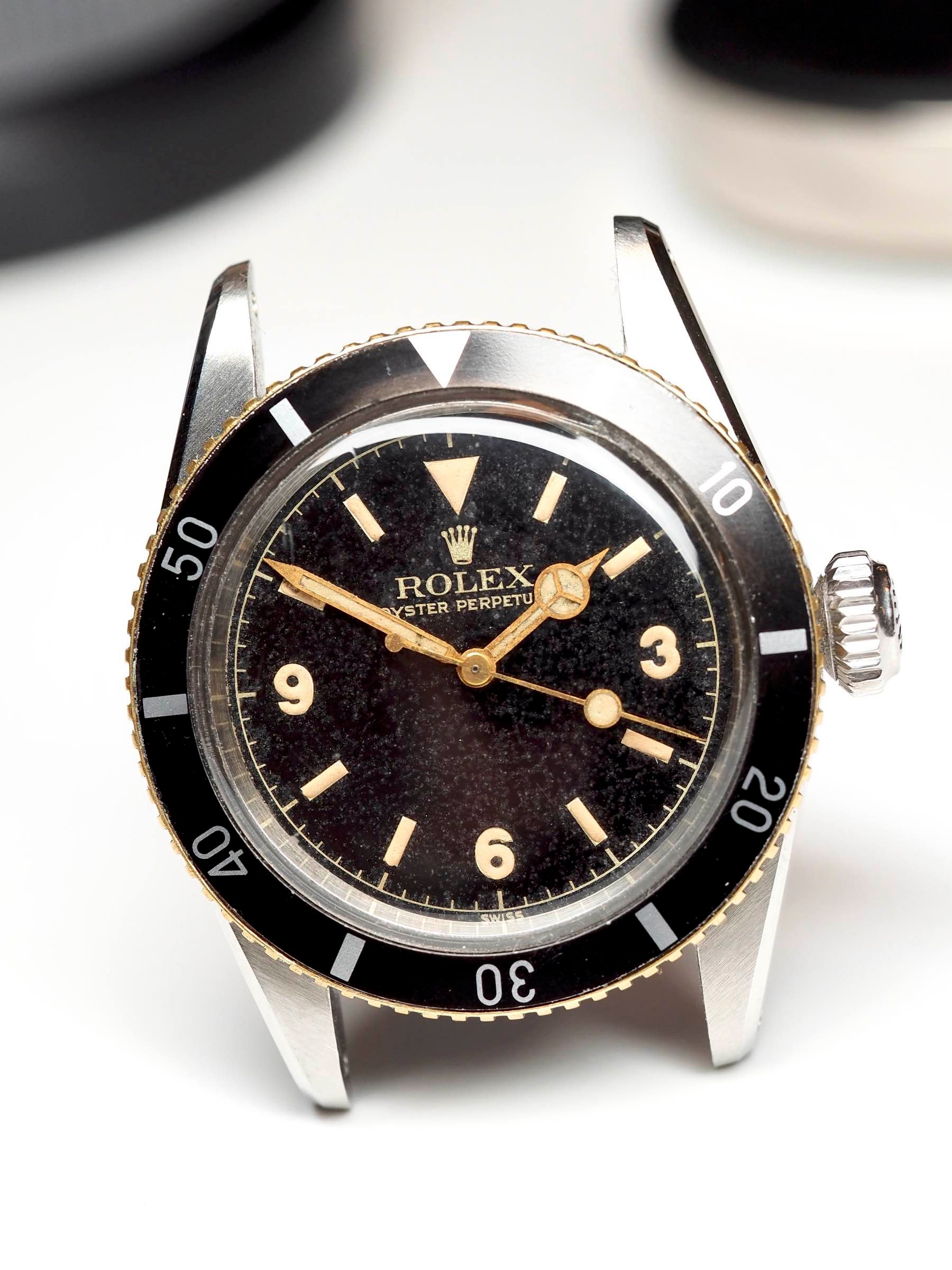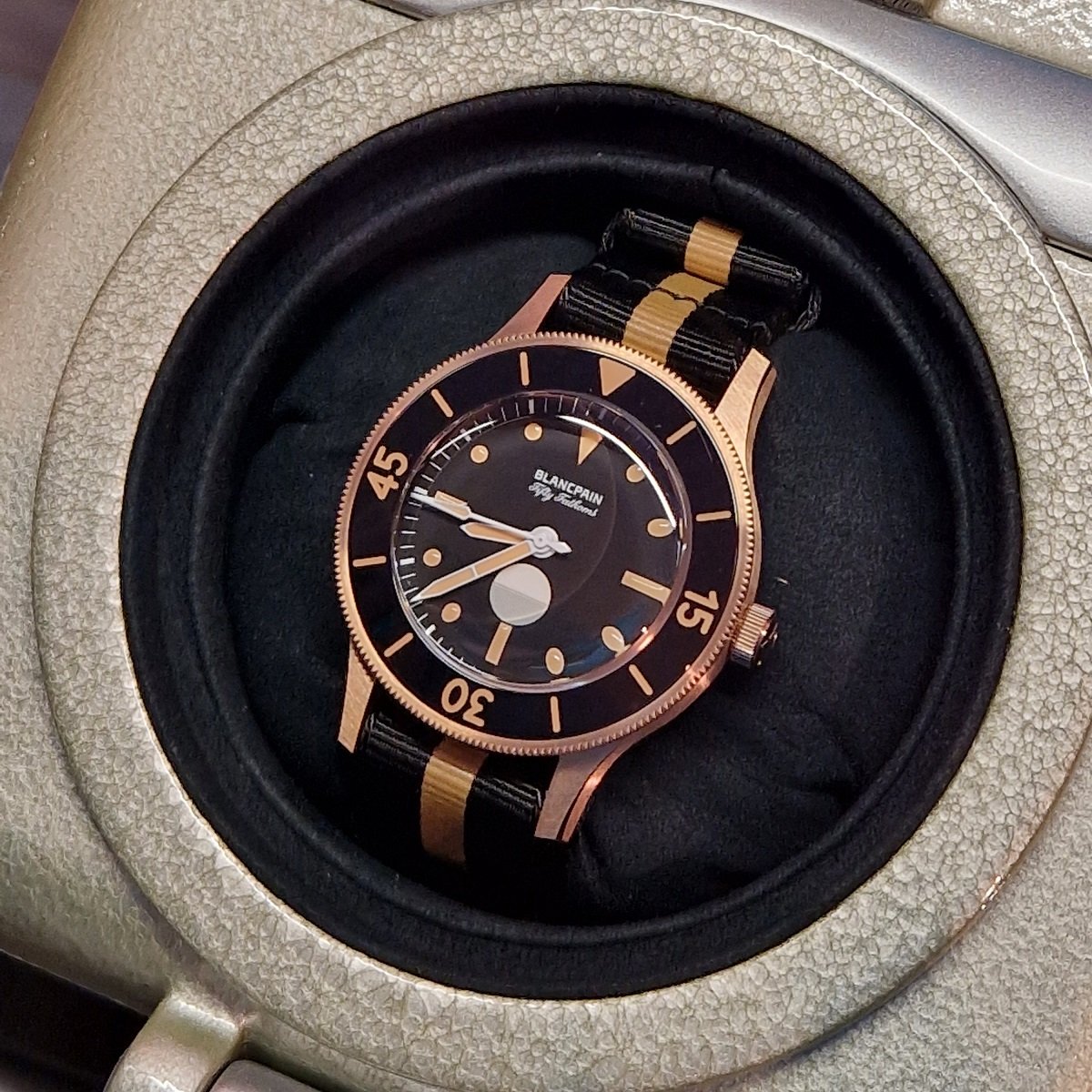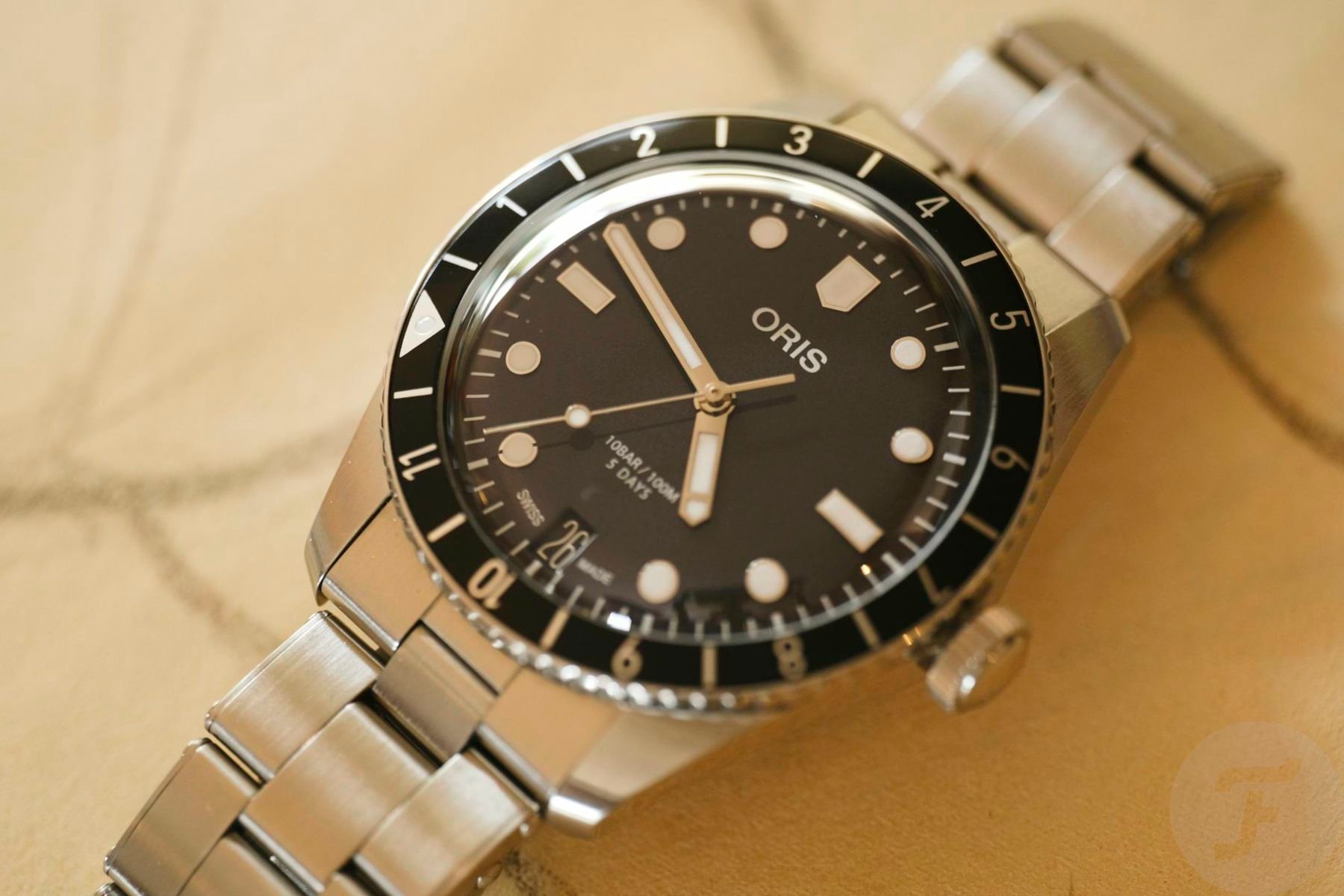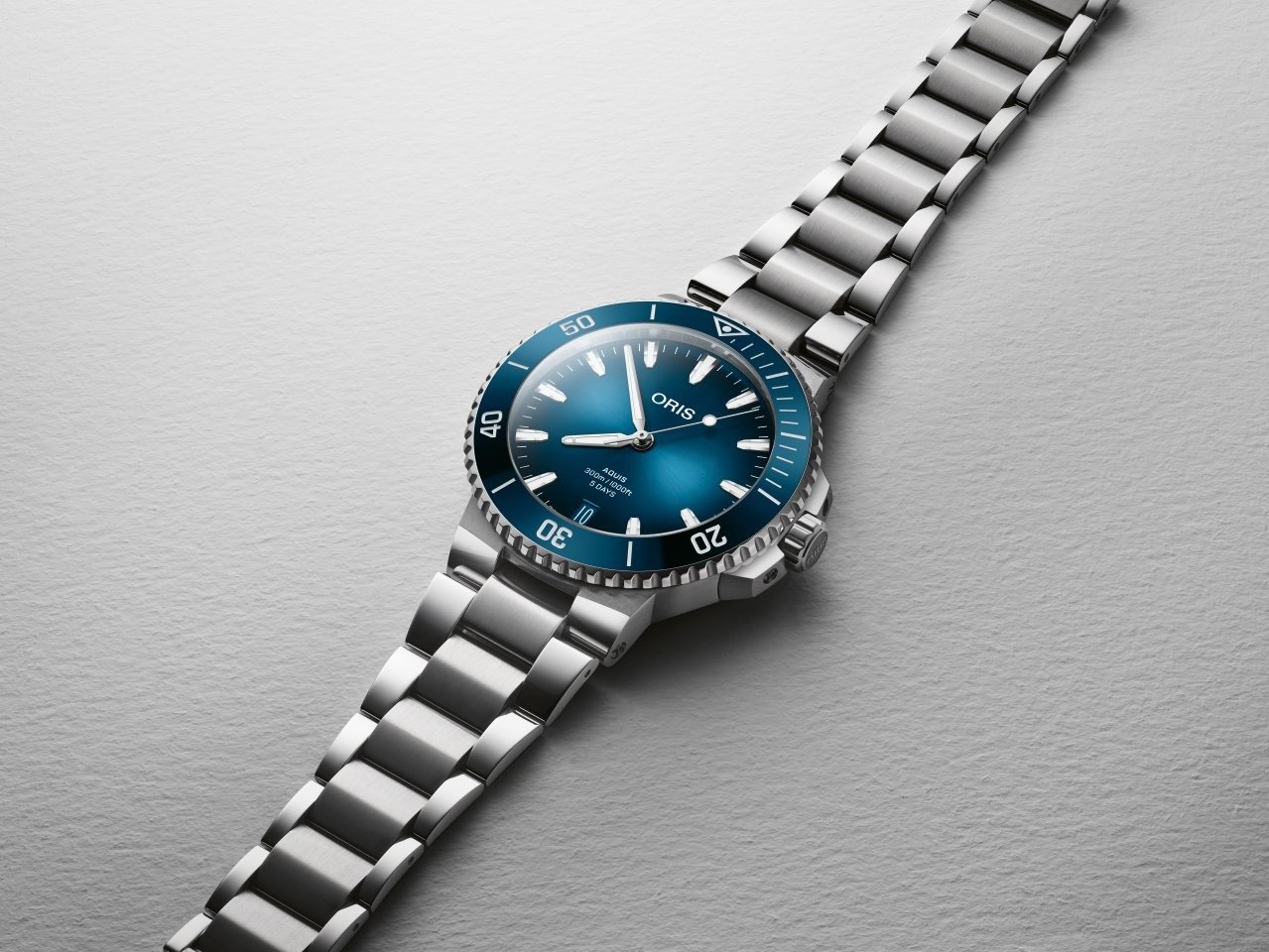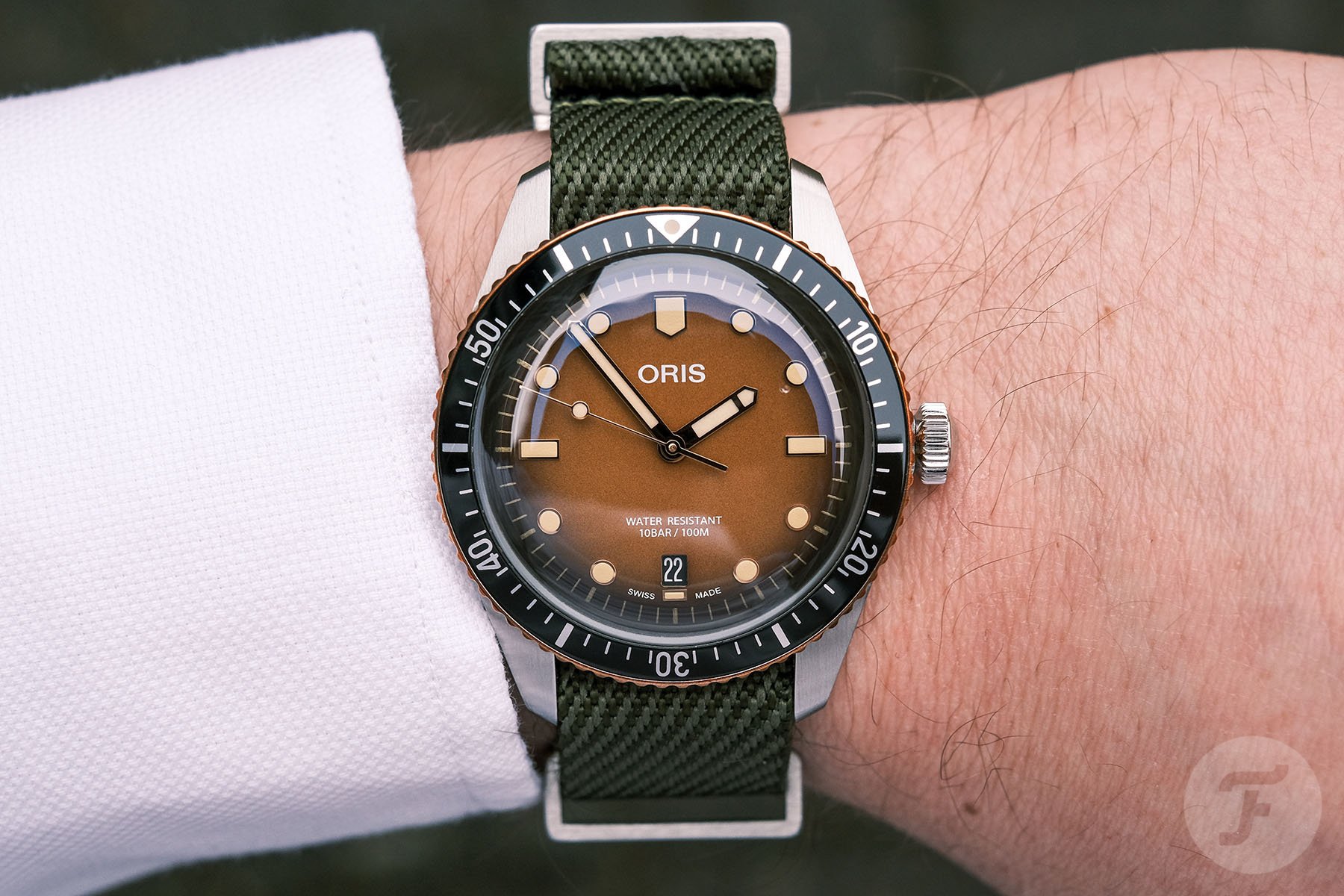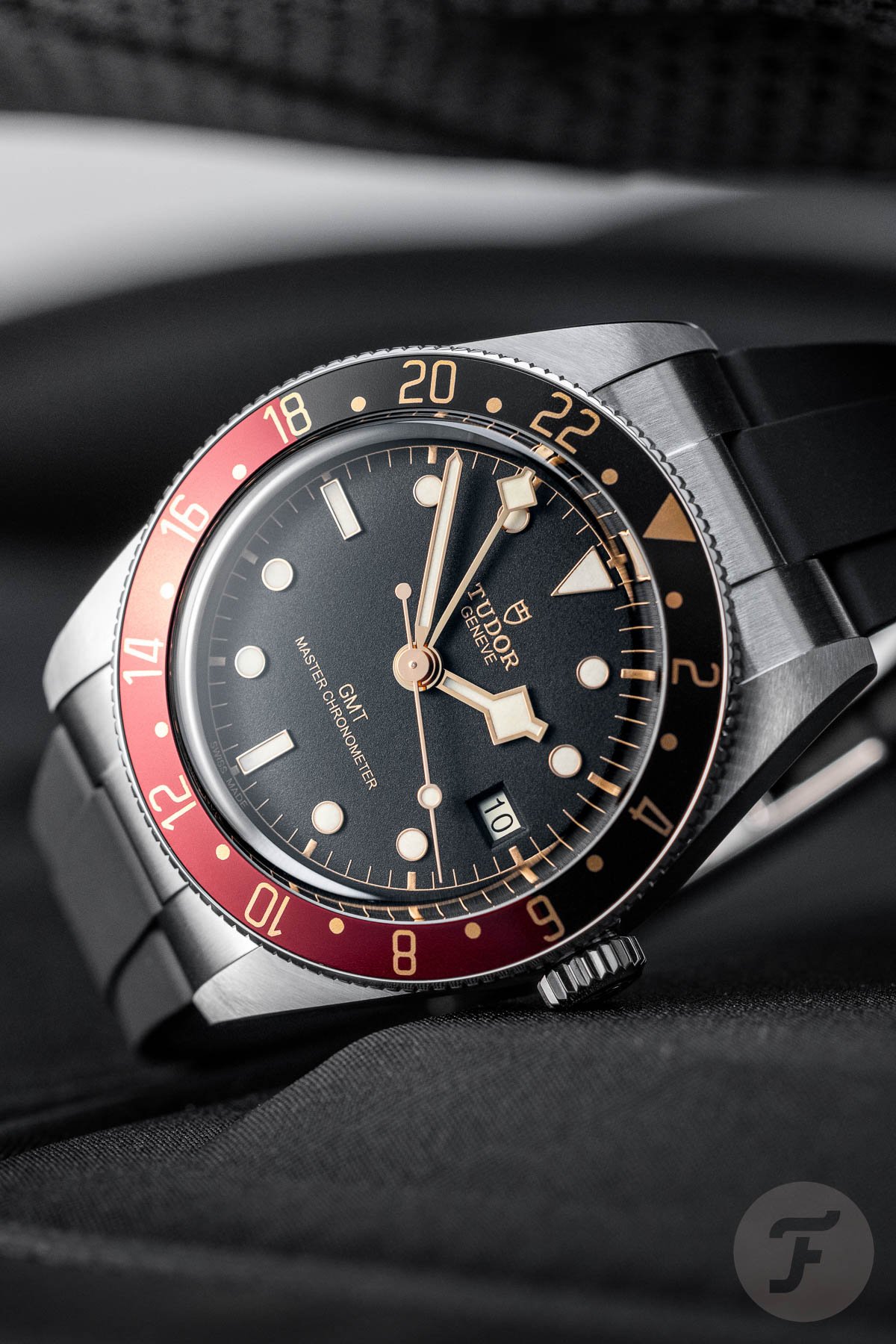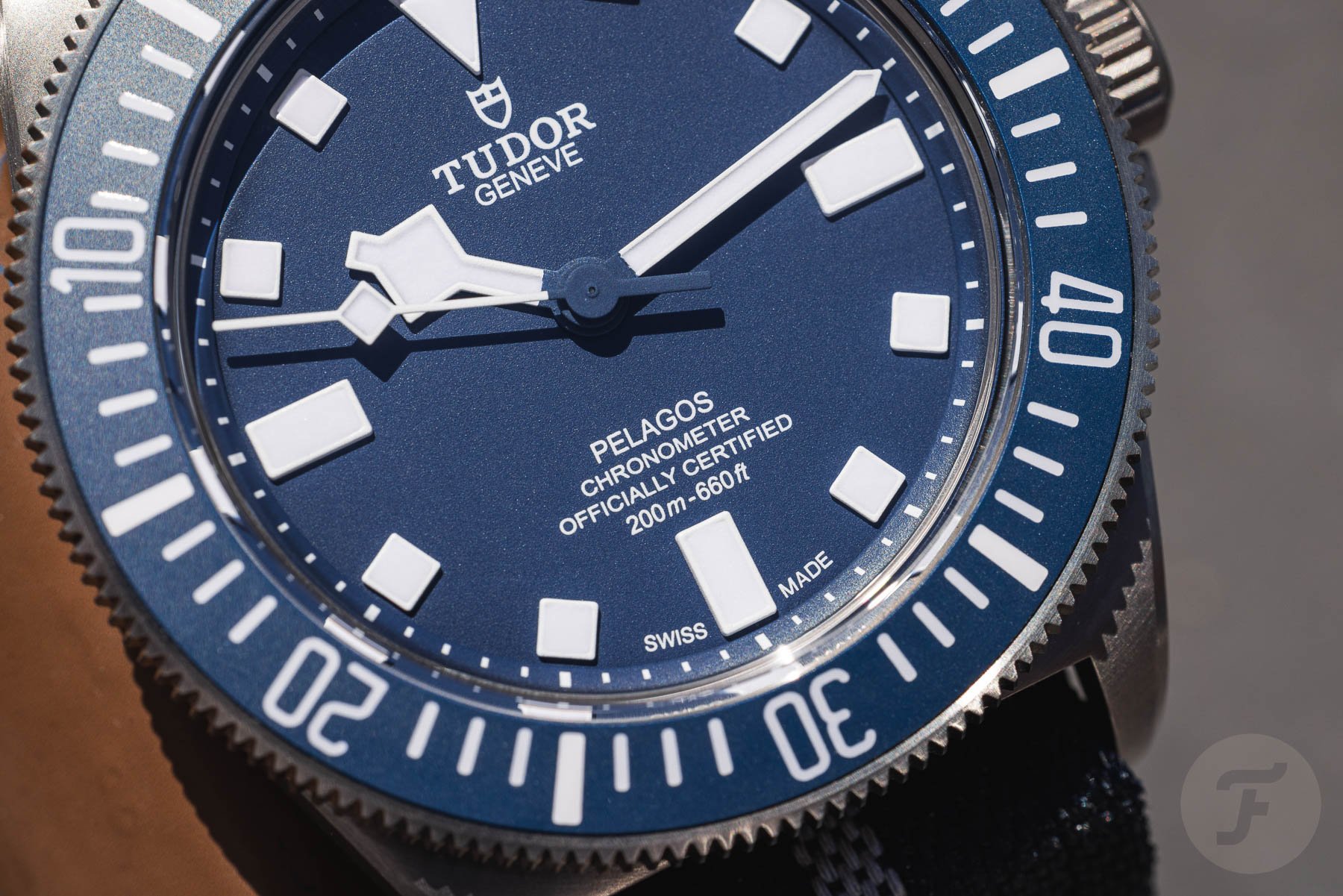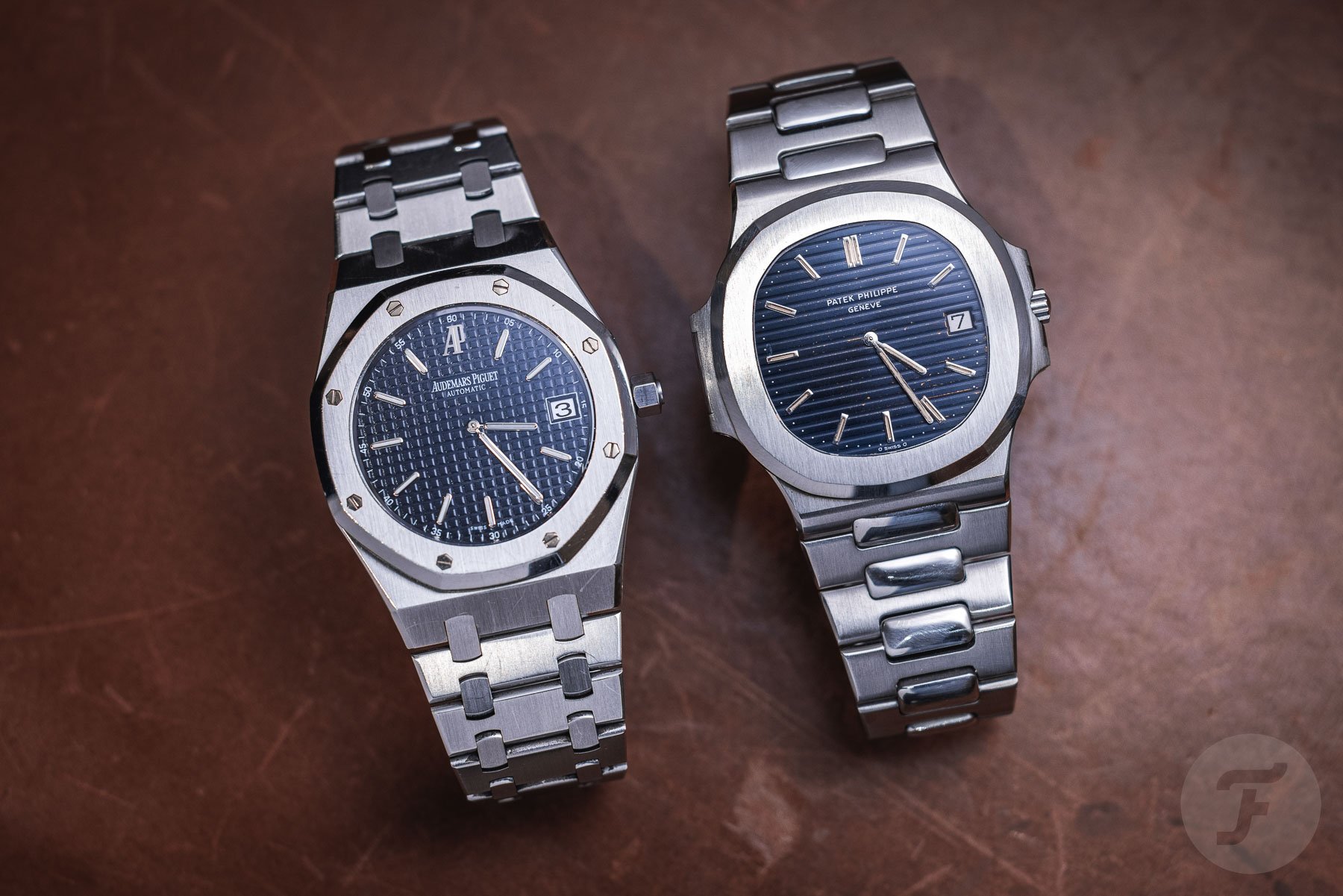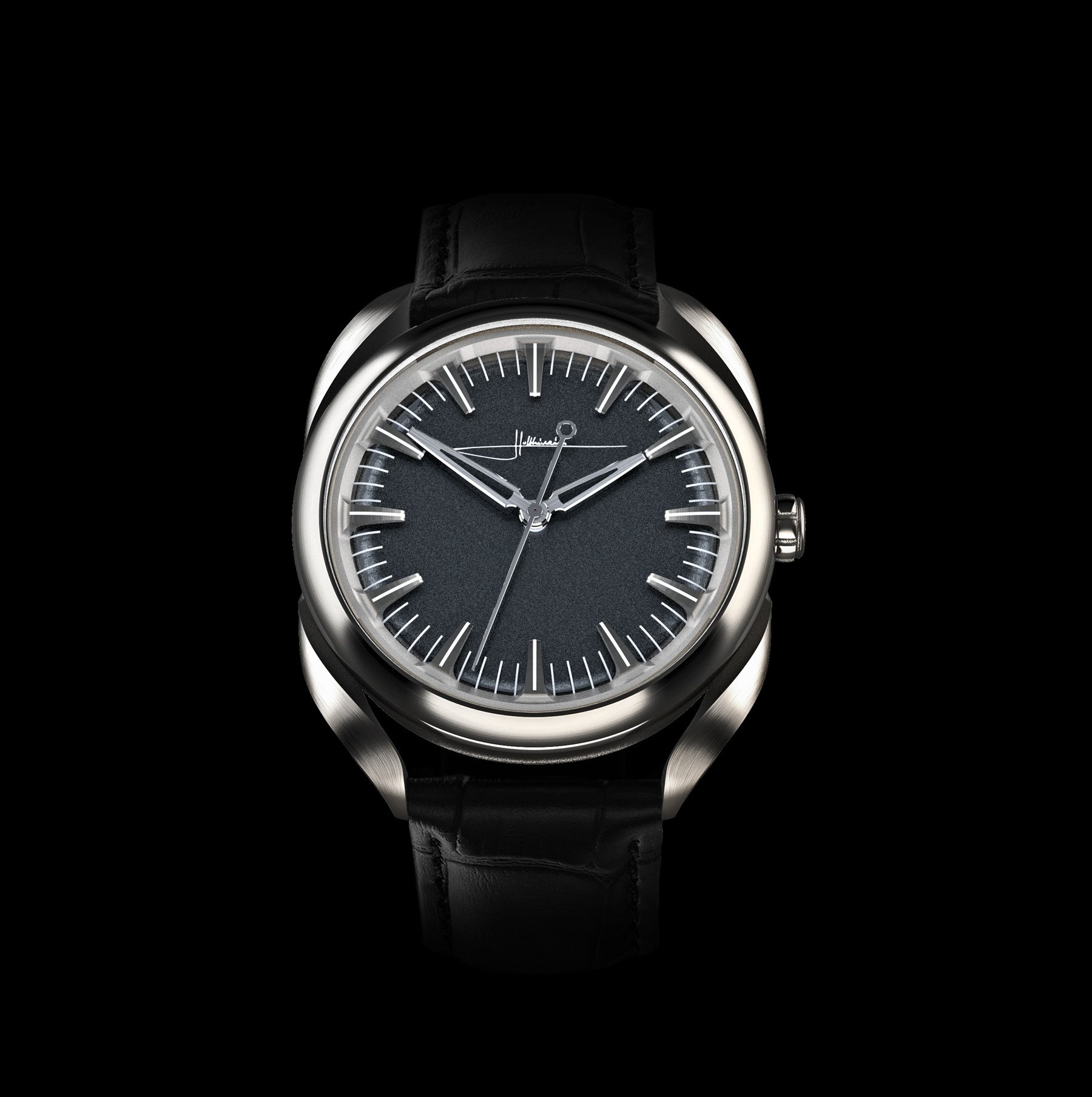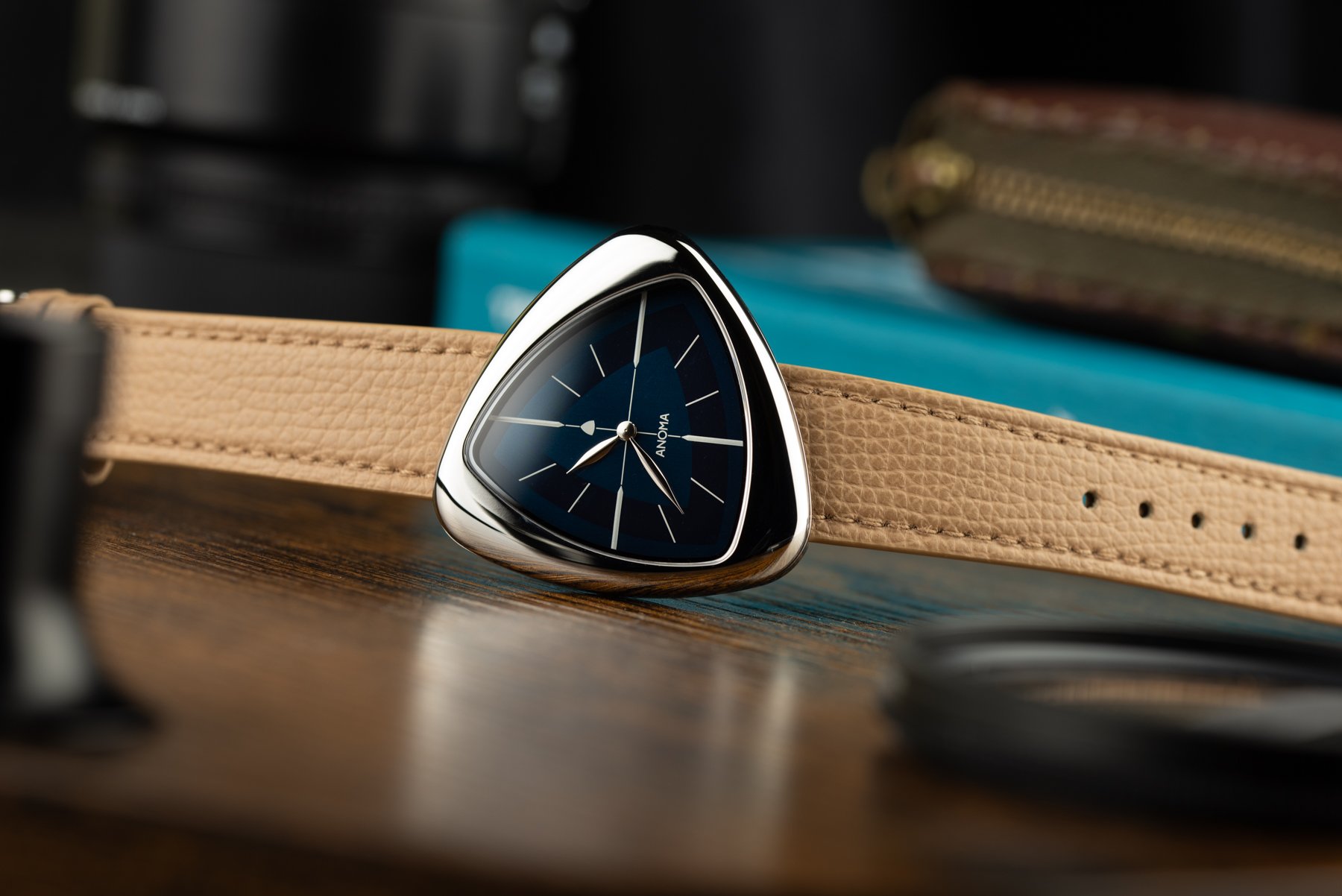Reissue Overload — Why Do Watch Brands Keep Looking To The Past For Good Design?
Watchmaking is a field steeped in tradition. Big brands pride themselves on boasting centuries of heritage. At the same time, the mechanical watch is, largely, declared technically obsolete in 2024. So it seems only natural that watch brands look to the past for design inspiration. Almost every major brand now has one or several reissue model lines. Many even offer exclusively vintage-inspired watches. We have to ask ourselves: is this indeed only natural or a sign of creative poverty?
Let’s have a closer look at what “vintage-inspired” even means to form a clearer image and perhaps find an answer.
Good design often comes from utility
Let’s start with what constitutes good design in watches. It is a terrible cliché, but the “form follows function” mantra is true in some cases. Let’s take the beloved dive watch as an example. Back in the early 1950s, the then-current state of technology enabled a specific type of design. A round watch in stainless steel with a high-contrast dial, luminous markers and hands, and a rotating timing bezel represented the best time-telling tool for divers. Two or three specific, instantly recognizable marker shapes provided better legibility than numerals. The template was set.
Today, a rectangular screen capable of displaying an infinite amount of useful information is the more functional solution for divers. Thus, wrist-mounted diving computers no longer resemble the old dive-watch template. A diver might still wear a mechanical watch in the old style, but it is usually either for backup or simply for fun. The utility isn’t so relevant anymore.
Some argue, then, that in an age of smartwatches and phones, the mechanical watch has no true utility. We wear them for romantic reasons, so manufacturers naturally resort to vintage designs as those invoke the greatest romance.
Sentimental vintage-inspired versus evolved design
Sticking with dive watches as a good example, the above doesn’t imply that a new dive watch should look old. Take Oris as an example. The brand’s Aquis and Divers Sixty-Five lines both follow the original dive-watch template to a tee. The Aquis, however, does it in a contemporary way, whereas the Sixty-Five takes a more sentimental route.
The difference is subtle but crucial to understanding watch design. The Aquis looks like a modern watch, but its entire design language was set by the mid-20th century. The overall shape and layout, the way the hours are marked on the dial, the shape of the hands, and the use of text all follow a strong tradition. The execution, however, is evolved. The watch uses the traditional design language to tell a new story of its own. This makes sense as the original design language is, quite simply, an evolved, optimized way of displaying time. Oris could have opted to use circles as hands or display the time on the side of the case, for instance, but that would compromise function. The template has become the template for a reason.
The Divers Sixty-Five, however, takes it to the next level. It doesn’t just take the traditional design language but repeats the old story too. This is why I would refer to the Aquis as “evolved vintage-inspired” and the Sixty-Five as a “vintage reissue.”
Romantic heritage versus creative poverty
You could argue that living in the past is a sign of creative poverty. I have owned many vintage-reissue watches, including the Divers Sixty-Five and the Tudor Heritage Black Bay. I always fell out of love with these watches rather quickly. Don’t get me wrong; I think they are some of the most beautiful watches on the market, but they also feel a little bit dishonest to me. At the moment, I would buy an Aquis or an FXD or an actual vintage Oris or Tudor over the vintage reissues. Granted, this is very much a matter of personal taste, and your mileage may vary, which is fine.
It is not just in function-first watches that we see this development. After all, if a mechanical watch isn’t purely utilitarian anymore, you might as well make it beautiful for beauty’s sake. While the form-follows-function approach can lead to beautiful watches, it certainly isn’t the only way. Some of the most beloved watches in history don’t necessarily put function first.
Still, we see the same reverence for heritage here. Every brand out there is feverishly searching its archives to see if there might be a Gérald Genta design to be reissued somewhere. However, as I have described before, there are amazing young design talents in our industry. Why not celebrate them and their modern work?
Mechanical watches aren’t irrelevant, and neither is watch design
Here is the thing: mechanical watches aren’t irrelevant at all. It may be popular to say that watches have become useless since people carry phones, but it simply isn’t true. For many of us, there is still great utility in having the time available at a glance. I don’t want to take out my phone every time I wonder what time it is. I don’t even want to have my phone on me all the time. The two devices play entirely different roles in my daily life.
This leaves the question of how you then display the time on your wrist. Some argue that quartz watches, digital watches, and smartwatches made mechanical watches obsolete three times over. I would argue they merely added alternatives. While they all added different USPs, they still left mechanical watches superior in some respects, such as longevity and serviceability. And yes, the romantic feeling of something mechanical is also a valid USP, as is the watch as an aesthetic object or jewelry.
This is why I think watch designers should not live in the past. Mechanical watches aren’t a species extinct in the wild, kept alive in captivity just for the sake of it. We should celebrate that they are as relevant as ever. There are more alternatives than before, sure, but none of them rendered the mechanical watch obsolete. The overly history-focused approach feels like admitting defeat. It’s as if watch companies are saying, “Our time is up, and the only role we play is sentimental.”
Now, I am not saying there is no room for vintage reissues and for celebrating history. Both can result in fantastic and worthwhile watches. I am merely trying to prove that they aren’t the greater watch world’s sole justification for being. Let me compare it to the art world; sometimes it feels as if we only celebrate the classics and the romantics, not the modern artists. Let’s celebrate evolved classical design, modern design, and new watch designers. The future is bright, my watch friends, and we are very much a part of it. Let’s embrace it!

